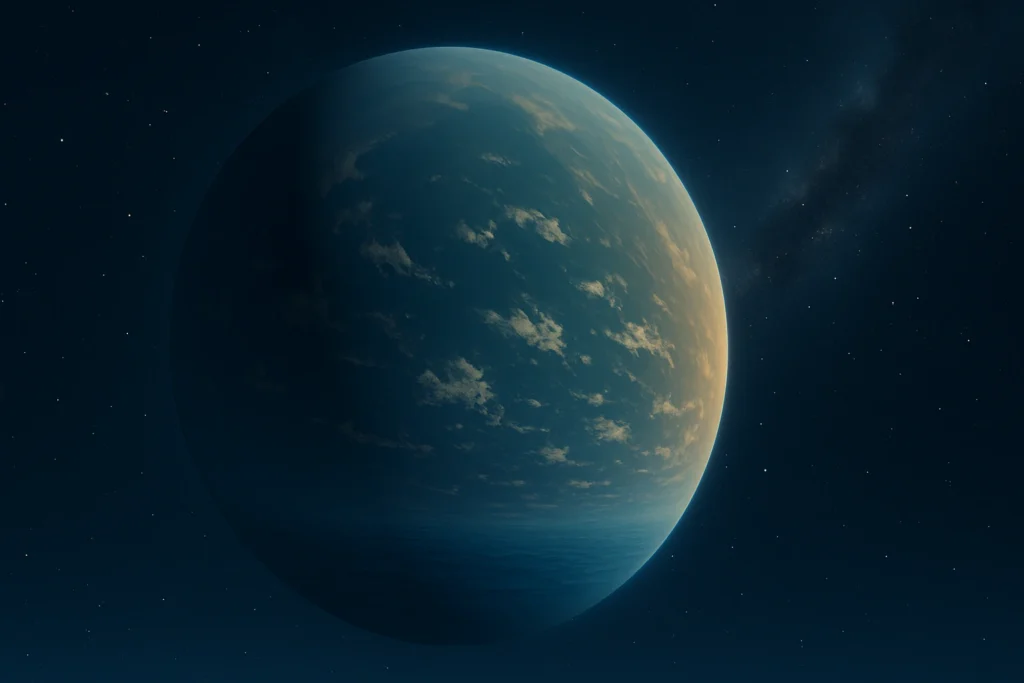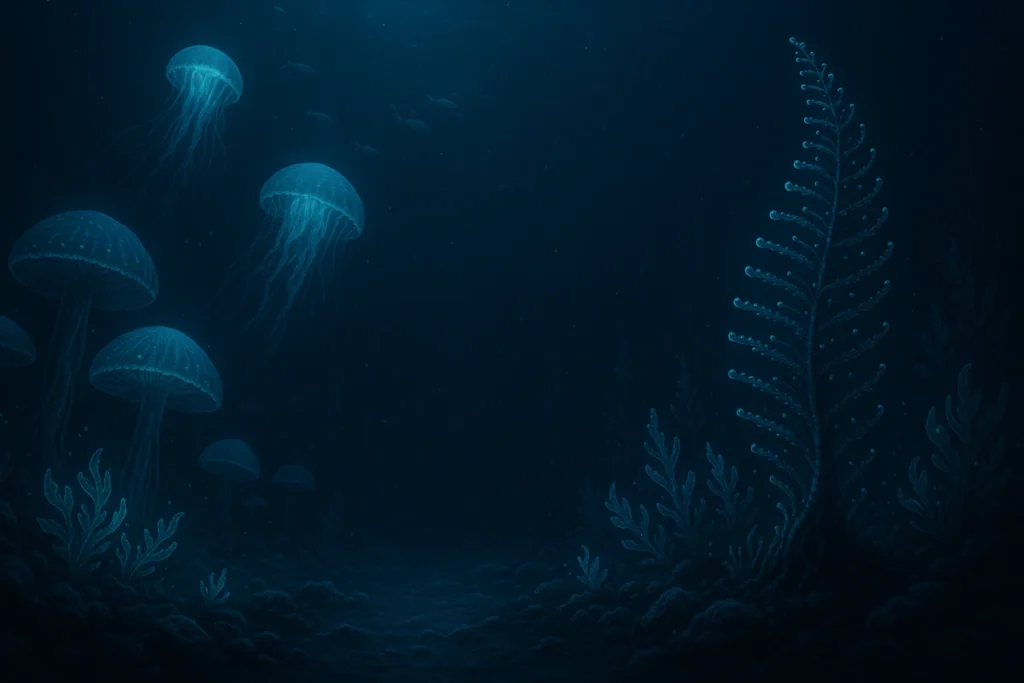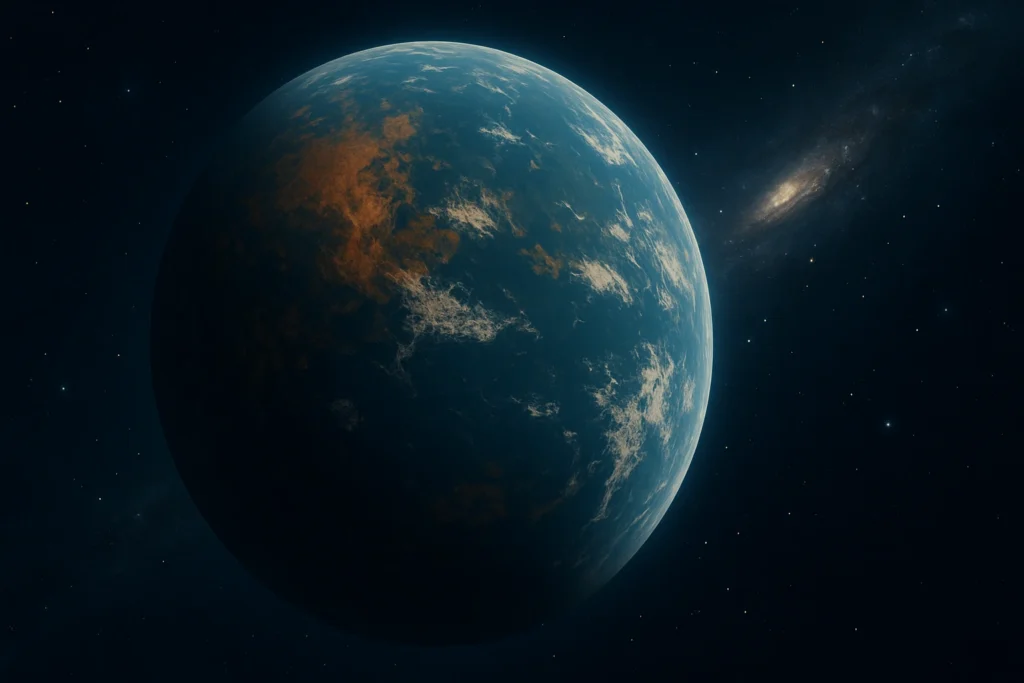Introductory Hook: A Glimpse Into Extraterrestrial Life?
For centuries, humanity has wondered: “Are we alone in the universe?” A groundbreaking study now suggests that scientists may have detected the signature of life on a distant planet, marking one of the most significant discoveries in astrobiology.
According to recent data from the James Webb Space Telescope (JWST), researchers have identified potential biosignatures—chemical markers often associated with living organisms—in the atmosphere of an exoplanet located 120 light-years away. While further confirmation is needed, this finding fuels excitement about the possibility of extraterrestrial life.
“This could be the first real hint of life beyond Earth,” says Dr. Sarah Thompson, an astrobiologist at NASA. “We’re not claiming definitive proof yet, but the evidence is compelling.”
Table of Contents
- The Discovery: What Did Scientists Find?
- How Was the Detection Made?
- Key Biosignatures That Hint at Life
- The Role of the James Webb Space Telescope
- Challenges in Confirming Alien Life
- What Kind of Life Could Exist There?
- Comparing Earth’s Biosignatures to the Exoplanet’s
- Future Missions to Verify the Findings
- Ethical Implications of Discovering Alien Life
- Public and Scientific Reactions
- FAQs About the Discovery
- Conclusion: What’s Next in the Search for Life?
1. The Discovery: What Did Scientists Find?
Scientists analyzing data from JWST observed unusual atmospheric gases on K2-18b, a hycean (hydrogen-rich ocean) exoplanet in the habitable zone of its star. The most striking finding was the presence of:
- Dimethyl sulfide (DMS) – On Earth, this gas is only produced by living organisms (like phytoplankton).
- Methane (CH₄) and Carbon Dioxide (CO₂) – Possible indicators of biological activity.
While these gases do not confirm life, their combination is highly unusual in non-biological processes.

2. How Was the Detection Made?
The JWST used spectroscopy to analyze starlight passing through K2-18b’s atmosphere. Here’s how it works:
- Light Absorption – Different gases absorb specific wavelengths of light.
- Chemical Fingerprints – Scientists match these absorption patterns to known molecules.
- Statistical Analysis – Researchers rule out non-biological explanations.
| Key Instrument | Function |
|---|---|
| NIRSpec (Near-Infrared Spectrograph) | Detects organic molecules in exoplanet atmospheres |
| MIRI (Mid-Infrared Instrument) | Measures thermal emissions and chemical compositions |
3. Key Biosignatures That Hint at Life
Not all atmospheric gases suggest life. The most promising biosignatures include:
Strong Indicators
- Oxygen (O₂) – Produced by photosynthesis.
- Methane (CH₄) – Often linked to microbial life.
- Dimethyl sulfide (DMS) – Exclusive to life on Earth.
Possible False Positives
- Abiotic methane (from volcanic activity).
- CO₂-dominated atmospheres (can occur without life).
“DMS is the most exciting because we don’t know any non-biological way it could form in such quantities,” says Dr. Carlos Rivera, a planetary scientist.
4. The Role of the James Webb Space Telescope
The JWST has revolutionized exoplanet studies due to:
✅ Unprecedented Sensitivity – Detects faint chemical signatures.
✅ Infrared Capabilities – Sees through cosmic dust.
✅ Long Observation Time – Tracks atmospheric changes.
🔗 Related: How JWST Is Changing Astronomy (NASA)
5. Challenges in Confirming Alien Life
Despite excitement, scientists remain cautious because:
- Non-biological processes (geochemical reactions) can mimic life signs.
- Limited data – More observations are needed.
- Distance – 120 light-years makes direct exploration impossible for now.
6. What Kind of Life Could Exist There?
If life exists on K2-18b, it might be:
- Microbial – Similar to early Earth’s extremophiles.
- Ocean-based – The planet may have a global water layer beneath its hydrogen-rich atmosphere.
- Non-Earth-like – Life forms using unknown biochemistries.

7. Comparing Earth’s Biosignatures to the Exoplanet’s
| Feature | Earth | K2-18b |
|---|---|---|
| Primary Biosignature | Oxygen (O₂) | Dimethyl sulfide (DMS) |
| Atmosphere | Nitrogen-Oxygen | Hydrogen-rich |
| Surface | Rocky with oceans | Possible water ocean under H₂ atmosphere |
8. Future Missions to Verify the Findings
Upcoming missions that could confirm life:
- Habitable Worlds Observatory (HWO) – Launching in the 2030s.
- ARIEL (ESA) – Focused on exoplanet atmospheres.
- Next-gen ground telescopes – Extremely Large Telescope (ELT).
🔗 Related: ESA’s ARIEL Mission
9. Ethical Implications of Discovering Alien Life
If confirmed, humanity must consider:
- How to communicate? (Active messaging vs. listening).
- Planetary protection (Avoiding contamination).
- Philosophical impact – Redefining life’s uniqueness.
10. Public and Scientific Reactions
- Optimists believe this is the first step toward finding extraterrestrial life.
- Skeptics argue more evidence is needed.
- Governments are increasing funding for astrobiology research.
🎥 Watch: Could We Really Find Alien Life Soon? (YouTube)
11. FAQs About the Discovery
Q: Does this prove aliens exist?
A: Not yet—it’s a strong hint, but more data is needed.
Q: How far away is K2-18b?
A: About 120 light-years (over a quadrillion kilometers).
Q: Could JWST find more such planets?
A: Yes! It’s scanning hundreds of exoplanets for biosignatures.
12. Conclusion: What’s Next in the Search for Life?
This discovery opens a new chapter in astrobiology. While we don’t have definitive proof of life yet, the detection of DMS and other biosignatures makes K2-18b a prime candidate for further study. Future telescopes and missions will help determine if we’re truly not alone in the cosmos.
🔗 Sources:
- NASA’s JWST Findings
- Nature Study on K2-18b
- ESA’s Exoplanet Research
- SETI Institute’s Take on Biosignatures
What do you think? Could this be the first sign of alien life? Share your thoughts in the comments! 🚀


